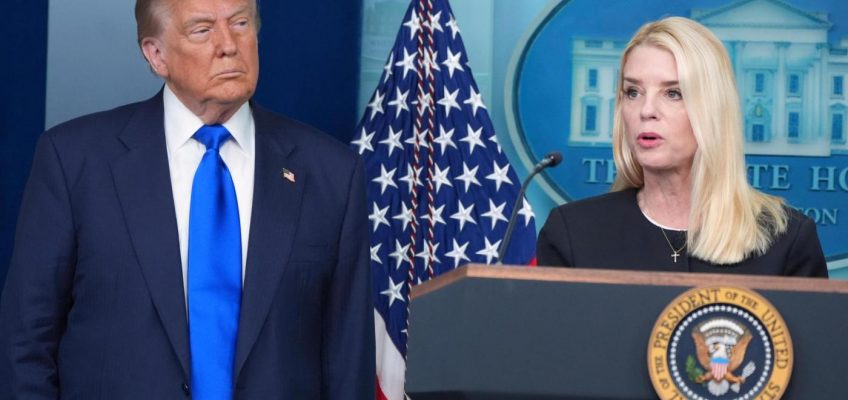The Lynx will shine as brightly as any team in the league on Saturday evening in Indianapolis.
Rightfully so.
Minnesota has three 2025 WNBA All-Stars — Napheesa Collier, Courtney Williams and Kayla McBride — all playing for Team Collier (yes, captained by the Lynx superstar forward) in the WNBA all-star game. Cheryl Reeve is the team’s head coach, an honor earned thanks to Minnesota’s league-leading 20-4 record.
The best team in the WNBA highlighted under the league’s brightest lights
But what makes Williams, Collier and McBride all-stars? Here’s a look at defining moments that helped them earn their spots on Saturday’s stage:
Napheesa Collier
It’s admittedly difficult to select just a few standout showings from the overwhelming favorite to hoist the League’s MVP Award at season’s end. Collier is special on a game-to-game basis.
Her most dominant performance came in a 23-point win over the Sparks in which Collier went 13 for 16 from the field, good for 32 points to go with eight rebounds, six assists, two blocks and two steals. After the showing, Williams turned to Collier during the postgame press conference and said, “You that one.”
“Sometimes seeing what she does out there, it’s like, ‘Damn, I’m a part of this,’ ” Williams said. “Like, I’m really seeing this girl go crazy, and I’m a teammate.”
Collier also had a 33-point, 11-rebound showing early in the year against Connecticut, and a 28-point, 10-rebound game in June in Dallas. In each of those Lynx wins, she had both three steals and three blocks.
And then there are the games like Wednesday’s against Phoenix, in which Collier battled foul trouble and wasn’t a major offensive focus. But the reigning WNBA Defensive Player of the Year held Mercury star forward Alyssa Thomas to 5-for-16 shooting from the floor while forcing five turnovers.
“Props to Phee. To take that assignment, we know she’s the best player on the court, and she sacrificed her offense to be able to help our team get the win by playing the defense she did on A.T.,” Lynx forward Jessica Shepard said. “A.T. is a very physically gifted player, but I think (Collier) was able to frustrate her a bit with her length.”
Courtney Williams
The Lynx were trailing Las Vegas by nine points at the half at home in June, needing a win to secure a spot in the Commissioner’s Cup Final. And they were without Collier, who exited early in the third with a back injury.
And they won anyway. Largely thanks to Williams, their sparkplug. After a rough first-half showing, the point guard exploded to score 18 of her final 20 points in the second half to lift Minnesota to a win.
“Courtney has a very, very special way about her,” Reeve said. “She never believes that she’s out of it.”
Collier sets the tone for the team-first, whatever-it-takes mentality that lends itself to the beautiful brand of basketball Minnesota plays. Williams leads the charge when it comes to the belief. She has owned Indianapolis this week, with her and teammate Natisha Hiedeman running a non-stop stream of all the festivities that has featured endless cameos from some of the league’s best.
Fever guard Caitlin Clark revealed Thursday that she had watched multiple hours of the stream earlier in the day.
There’s an energy Williams exudes, and pairs well with her production.
Williams had 25 points and nine assists in Minnesota’s season-opening win over Dallas. She scored 25 again to go with eight rebounds and six assists in a win earlier this month against Chicago on the day it was revealed that she was an all-star.
Since June 24, it’s not Collier or any other big who leads Minnesota with 71 total rebounds, it’s the relentless point guard.
Kayla McBride
McBride had struggled from the field in each of her two previous outings heading into Minnesota’s June 21 bout with the Sparks, a game in which the Lynx did not have Collier available.
Minnesota Lynx guard Kayla McBride (21) points after making a three-point shot during the second half of a WNBA basketball game against the Phoenix Mercury, Tuesday, June 3, 2025, in Minneapolis. (AP Photo/Abbie Parr)
Without the team’s best player in uniform, it was the franchise’s other long-time building block’s time to rise to the occasion, and she did.
McBride went 9 for 13 from the floor, burying five triples to score 29 points — 15 of which came in the final frame — to lift the Lynx to victory.
“Any time Mac gets it going, we are a dangerous team,” Williams said. “She is one of the best shooters in the world,”
A perfect complement to Collier with her floor spacing and approach, McBride continues to provide whatever Minnesota needs on a nightly basis.
“I just want to come out and just play, have fun and enjoy, because that’s what it’s about,” McBride said after the win over the Sparks. “We have a great group here, and it’s easy to get into a rhythm and feel that energy.”
Related Articles
Lynx knock off Phoenix, hit all-star break at WNBA-leading 20-4
Lynx at their best when defense leads the way
Lynx’s Kayla McBride earns all-star nod, after all
Lynx bounce back in Chicago, roll past Sky
Lynx can’t recover from poor defensive start in loss to Chicago




